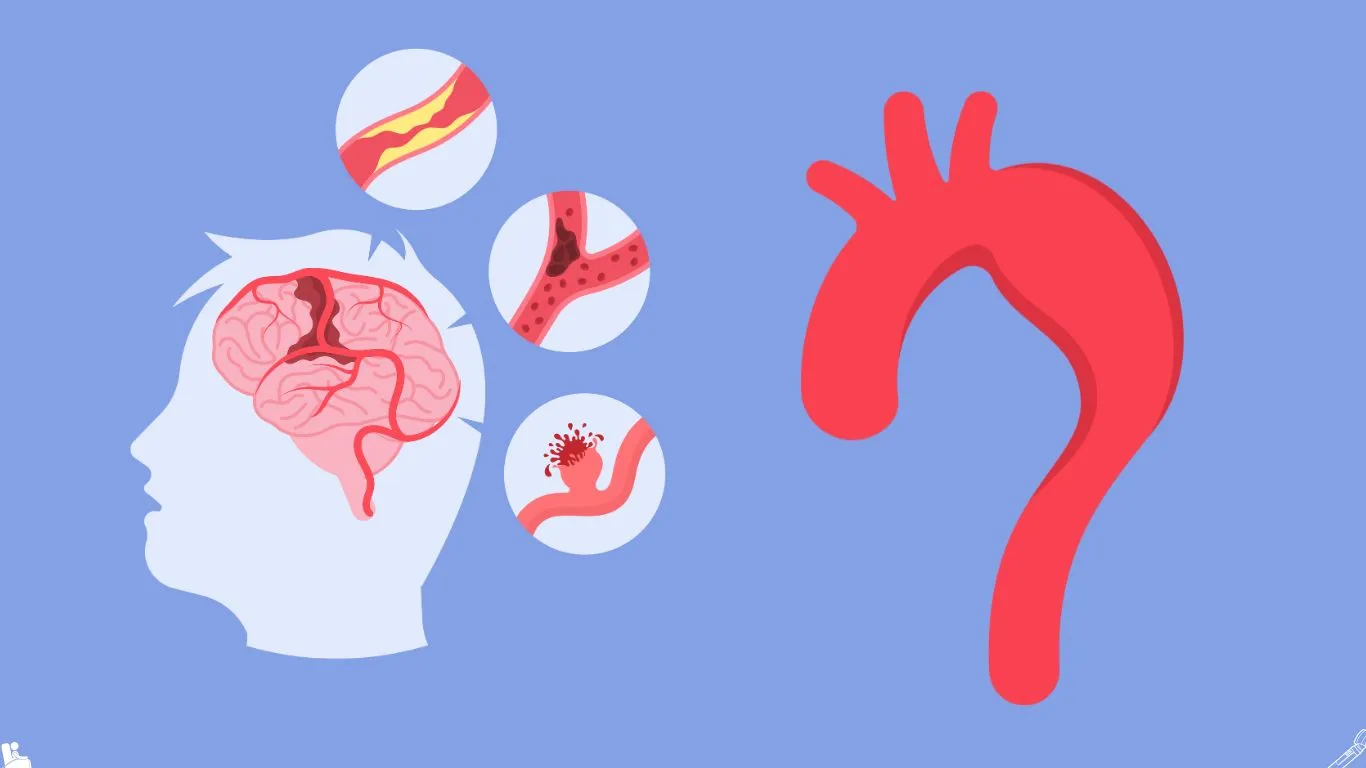
12 Sep What causes sudden dilation of blood vessels (Aneurysms)?
Aneurysms, also known as vascular dilation, occur when there is a bulge in the wall of a blood vessel due to weakness in a specific area. Dr. Amir Malkawi, a vascular surgery consultant, explains in the following article the causes of vascular dilation and the occurrence of sudden rupture, along with risk factors that increase the likelihood of developing vascular dilation.
Causes of Vascular Dilation (Aneurysms)
Aneurysms typically does not occur suddenly but develops over a long period. However, in many cases, individuals may not sense the dilation until a sudden rupture occurs, leading to the misconception that vascular dilation happened abruptly.
Dr. Amir Malkawi indicates that the primary causes of vascular dilation are not fully understood yet, but several health problems may contribute to this condition, including:
High Blood Pressure
High blood pressure creates a force that exceeds the normal pressure against the walls of blood vessels. Over time, this force on weak blood vessel walls can lead to their dilation and the formation of a bulge that allows blood to pool inside.
Arteriosclerosis
Arteriosclerosis involves the formation of fatty deposits within the blood vessel cavity, reducing its elasticity. As these deposits increase in size with disease progression, they limit the delivery of nutrients from the blood to the cells of the blood vessel walls. Ultimately, this leads to cell death and weakening of the blood vessel walls, resulting in vascular dilation due to this weakness.
Read More: Getting Rid of Atherosclerosis
Polycystic Kidney Disease
Polycystic kidney disease (PKD) is a type of genetic disorder where individuals typically suffer from a deficiency in polycystin protein, responsible for maintaining blood vessel elasticity. Therefore, reduced levels of polycystin contribute to weakening blood vessel walls and increasing the risk of vascular dilation.
Other Causes
There are several other factors that can lead to vascular dilation, including:
- Congenital deformities causing weakness in blood vessels.
- Severe injury to certain parts of the body.
- Some genetic disorders causing weakness in blood vessels.
- Certain sexually transmitted diseases.
- Infection with certain types of pathogens.
Risk Factors for Vascular Dilation
Dr. Amir Malkawi points out numerous factors that elevate the risk of developing vascular dilation and its sudden onset, including:
- Family history of vascular dilation.
- Advancing age.
- Higher incidence in males due to increased susceptibility compared to females.
- Smoking.
- Elevated cholesterol levels.
- Obesity.
- Diabetes.
- Poorly controlled blood pressure.
- Unhealthy dietary habits.
- Sedentary or inactive lifestyle.
Frequently Asked Questions
Can vascular dilation be prevented?
Yes, if an individual’s health condition puts them at risk for future vascular dilation, steps can be taken to reduce this risk. This includes managing health problems contributing to vascular dilation and adopting a healthy lifestyle, such as regular exercise and consuming nutritious foods.
Can the size increase of vascular dilation be prevented after diagnosis?
In many cases, the progression of vascular dilation and the increase in size of the dilation in the blood vessel wall can be controlled by managing chronic diseases, such as regulating blood pressure or diabetes, and through regular monitoring to prevent further dilation and minimize stress and strain.
Can the blood vessel return to its normal state after dilation?
No, unfortunately, there is currently no known method to treat vascular dilation other than surgical intervention used in severe cases of the disease. However, in many cases, the issue can be managed and its progression prevented.
References:
[1]-https://www.mayoclinic.org/diseases-conditions/aneurysms/symptoms-causes/syc-20354633
[2] – https://www.hopkinsmedicine.org/health/conditions-and-diseases/aneurysm
[3] – https://www.betterhealth.vic.gov.au/health/conditionsandtreatments/aneurysm
[5] – https://www.umcvc.org/conditions-treatments/arteriosclerotic-aortic-disease
[7] – https://www.medicalnewstoday.com/articles/156993
[8]-https://www.clinicbarcelona.org/en/assistance/diseases/aortic-aneurysm/frequently-asked-questions
